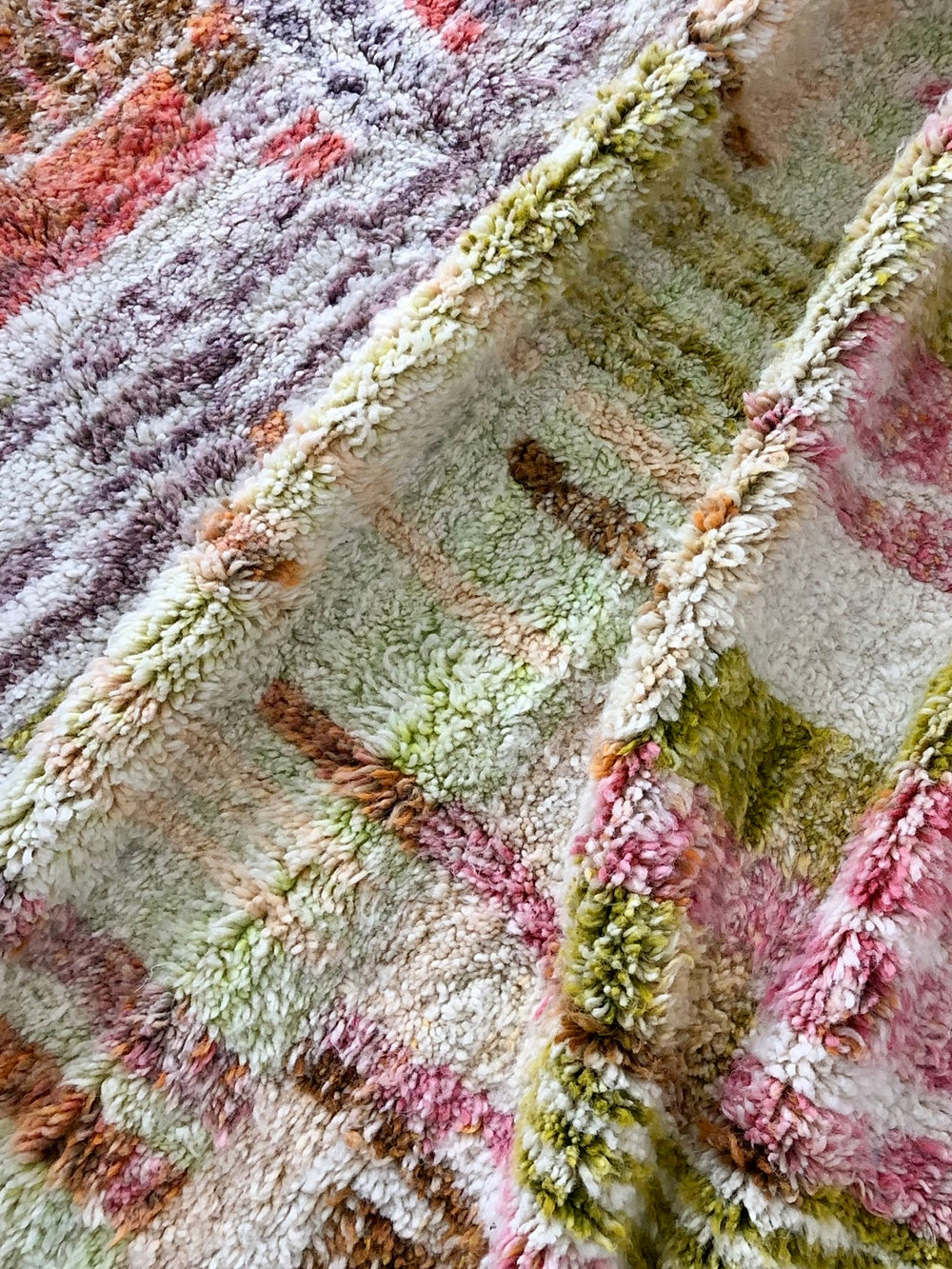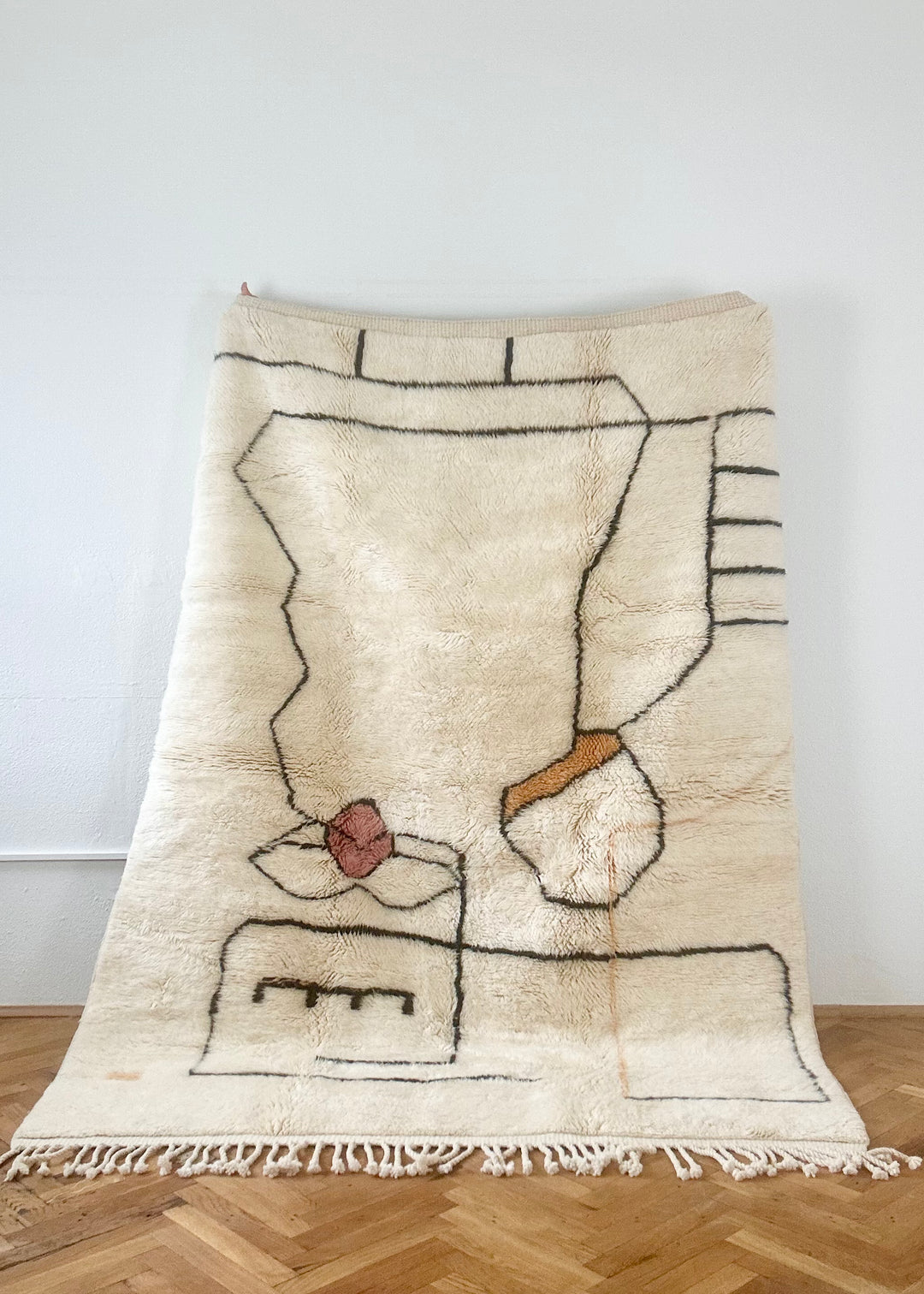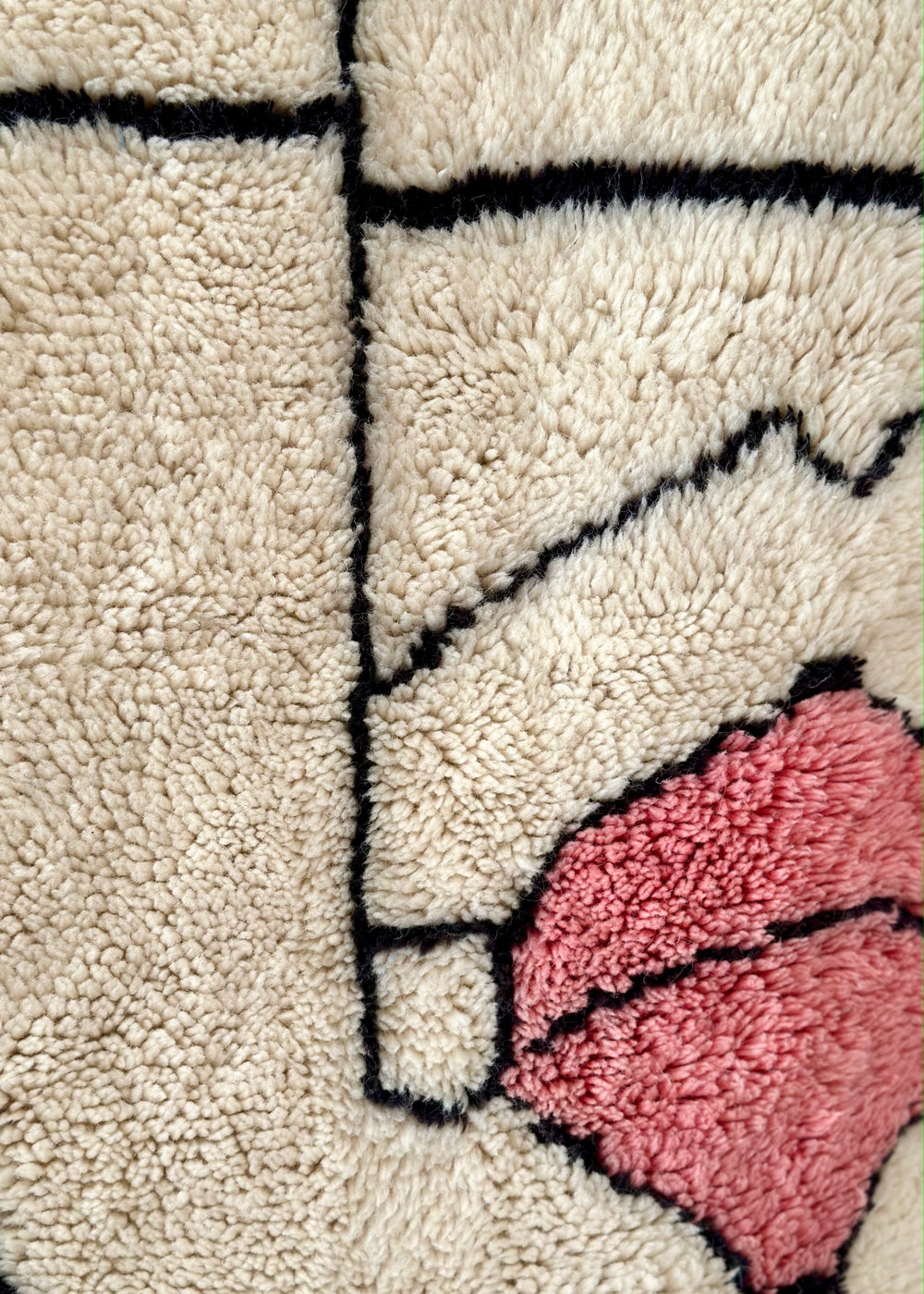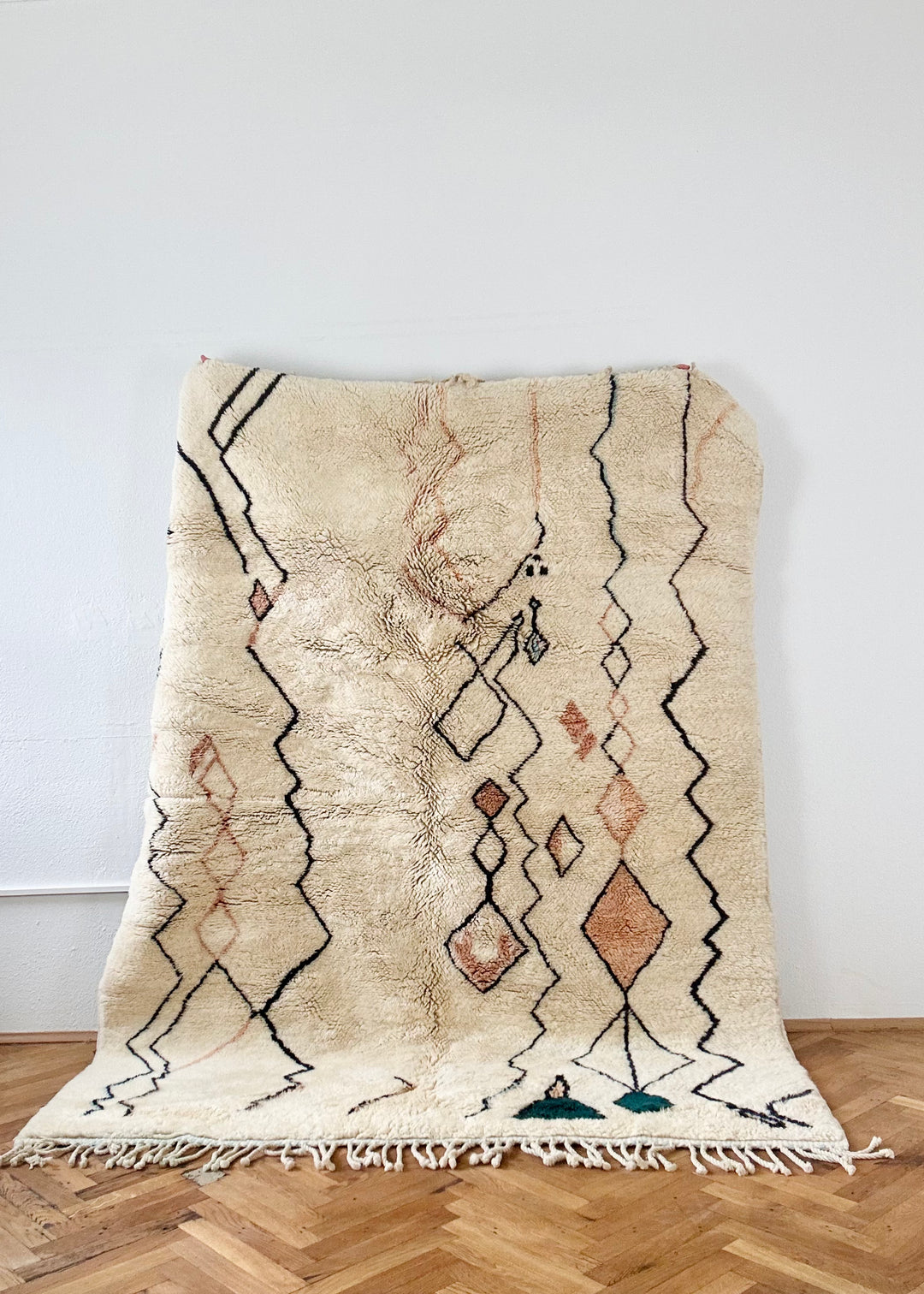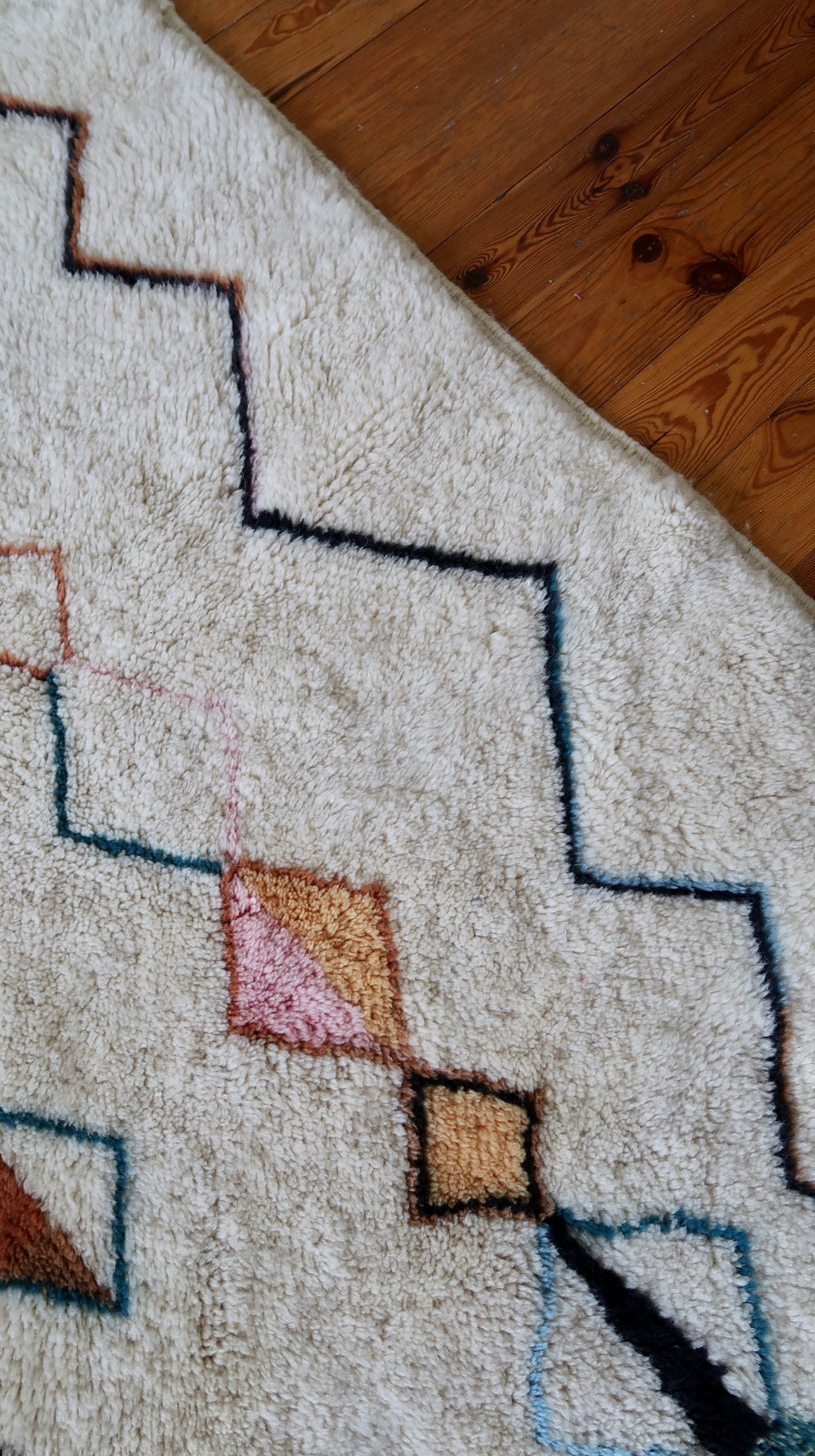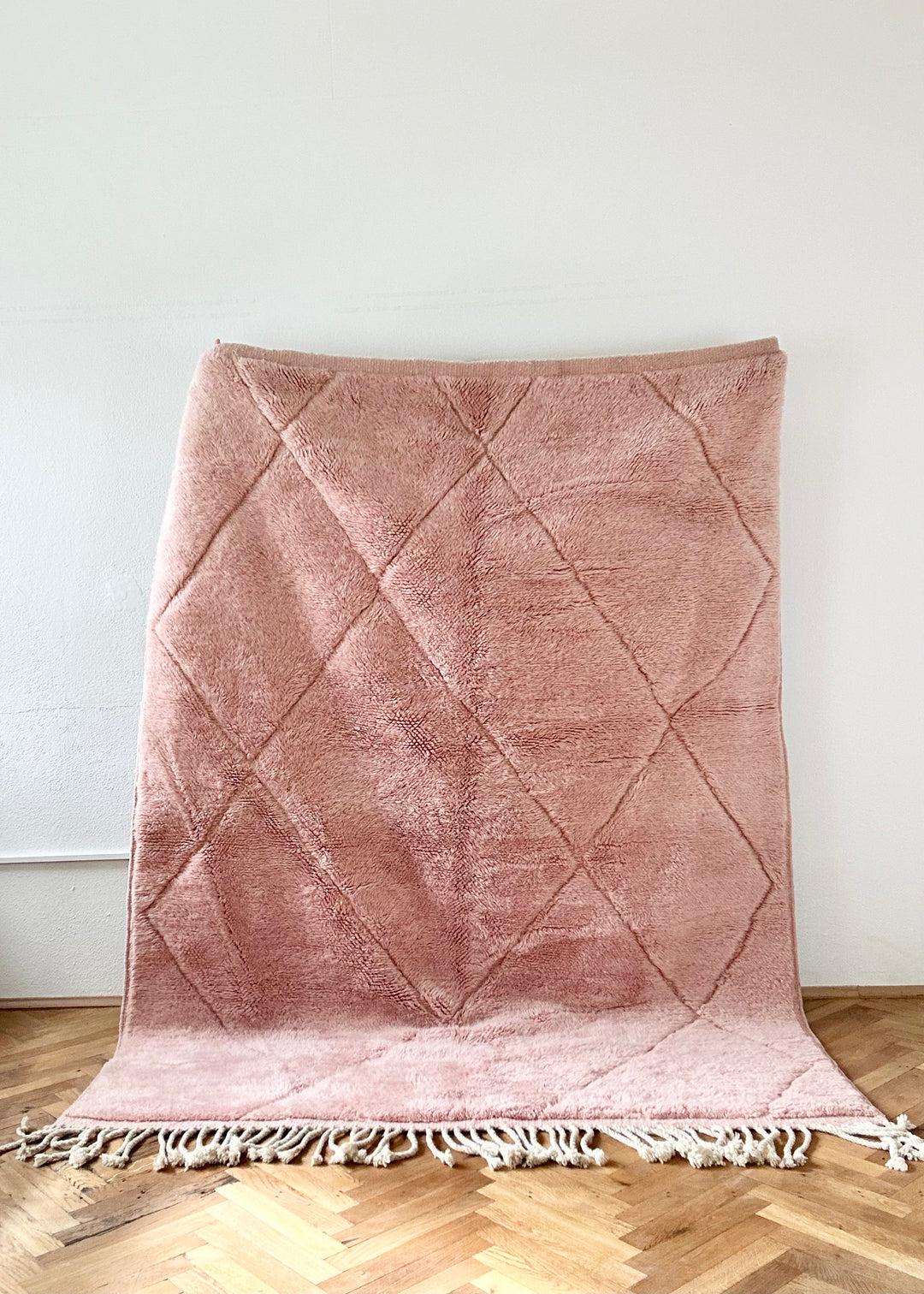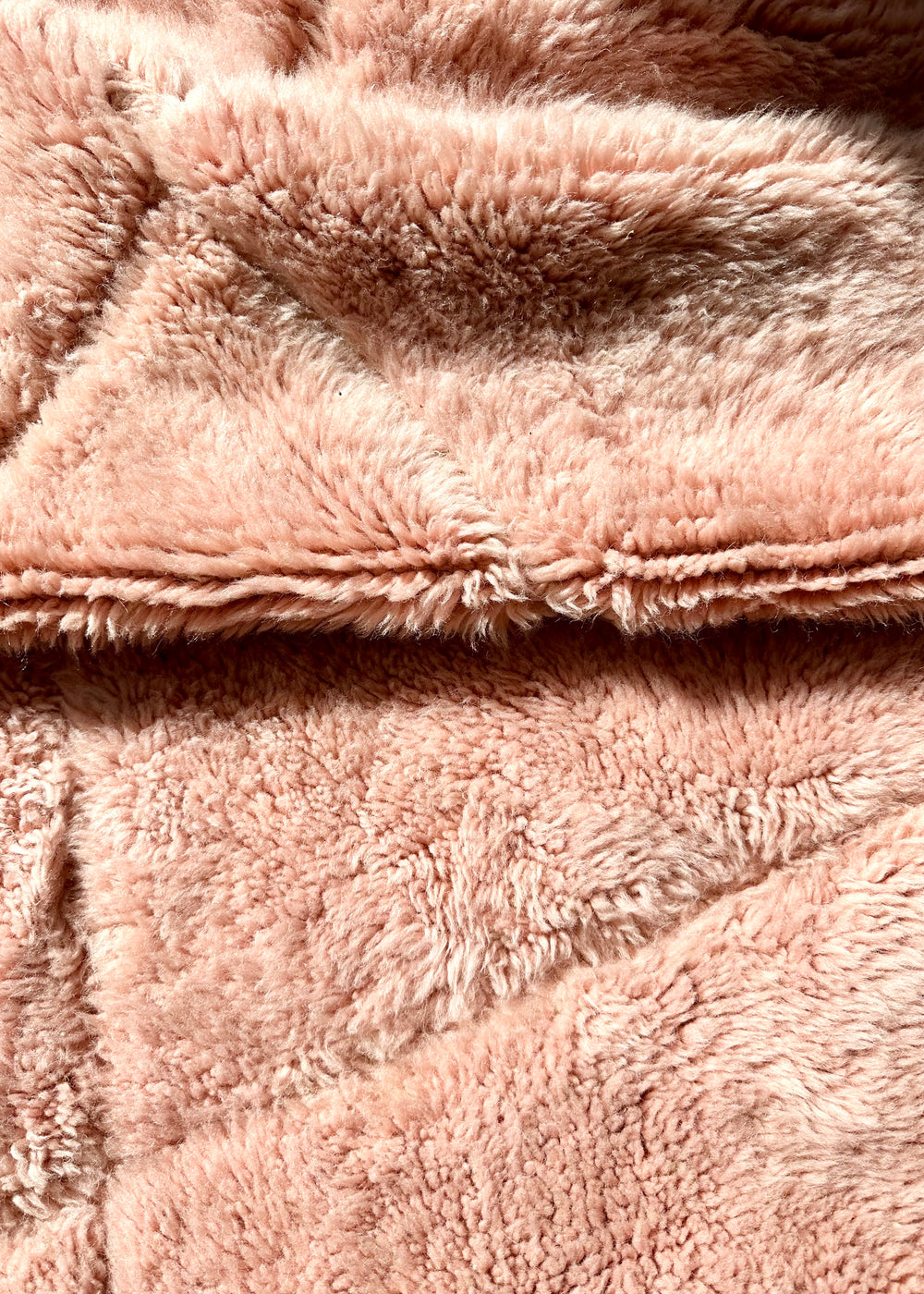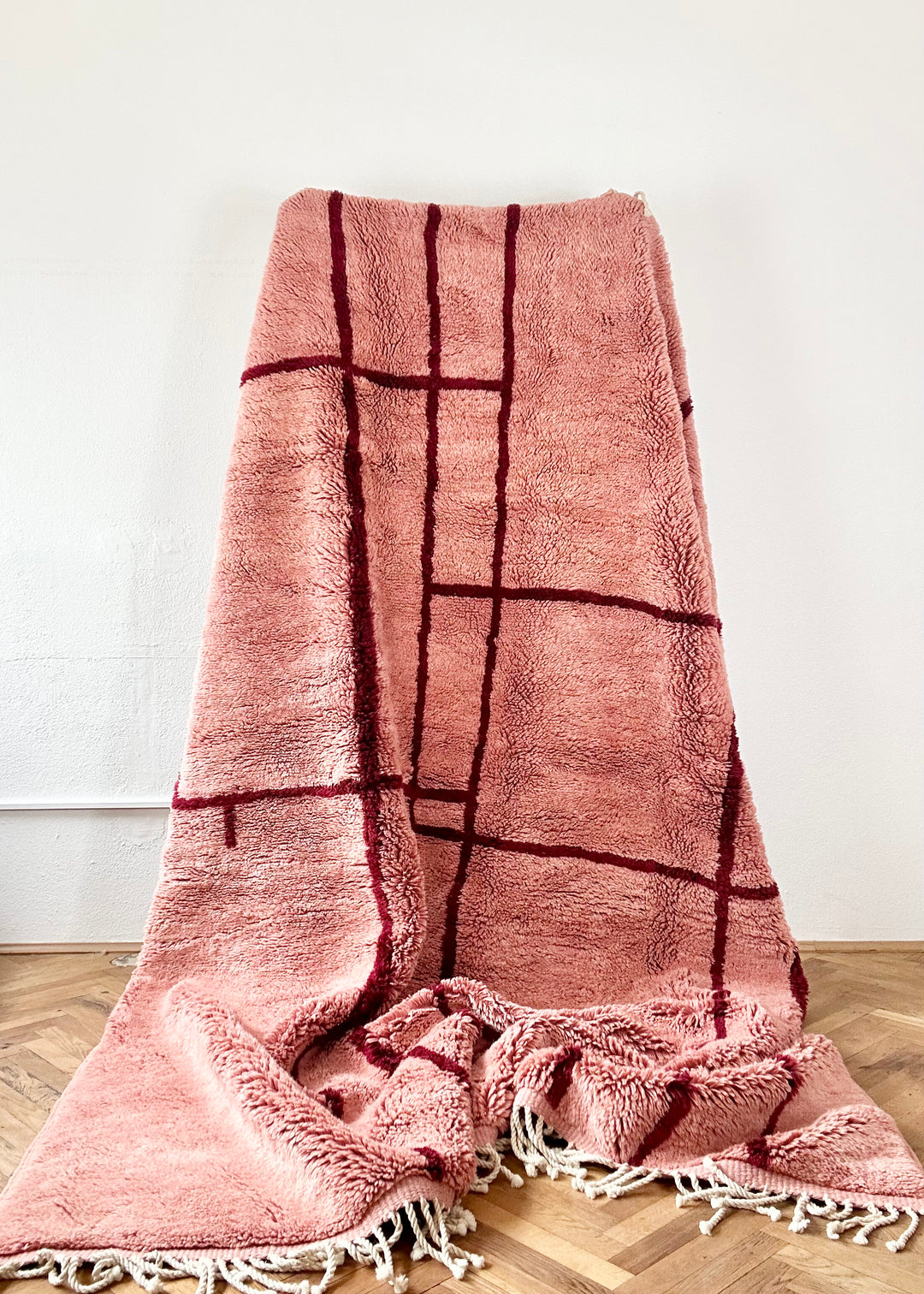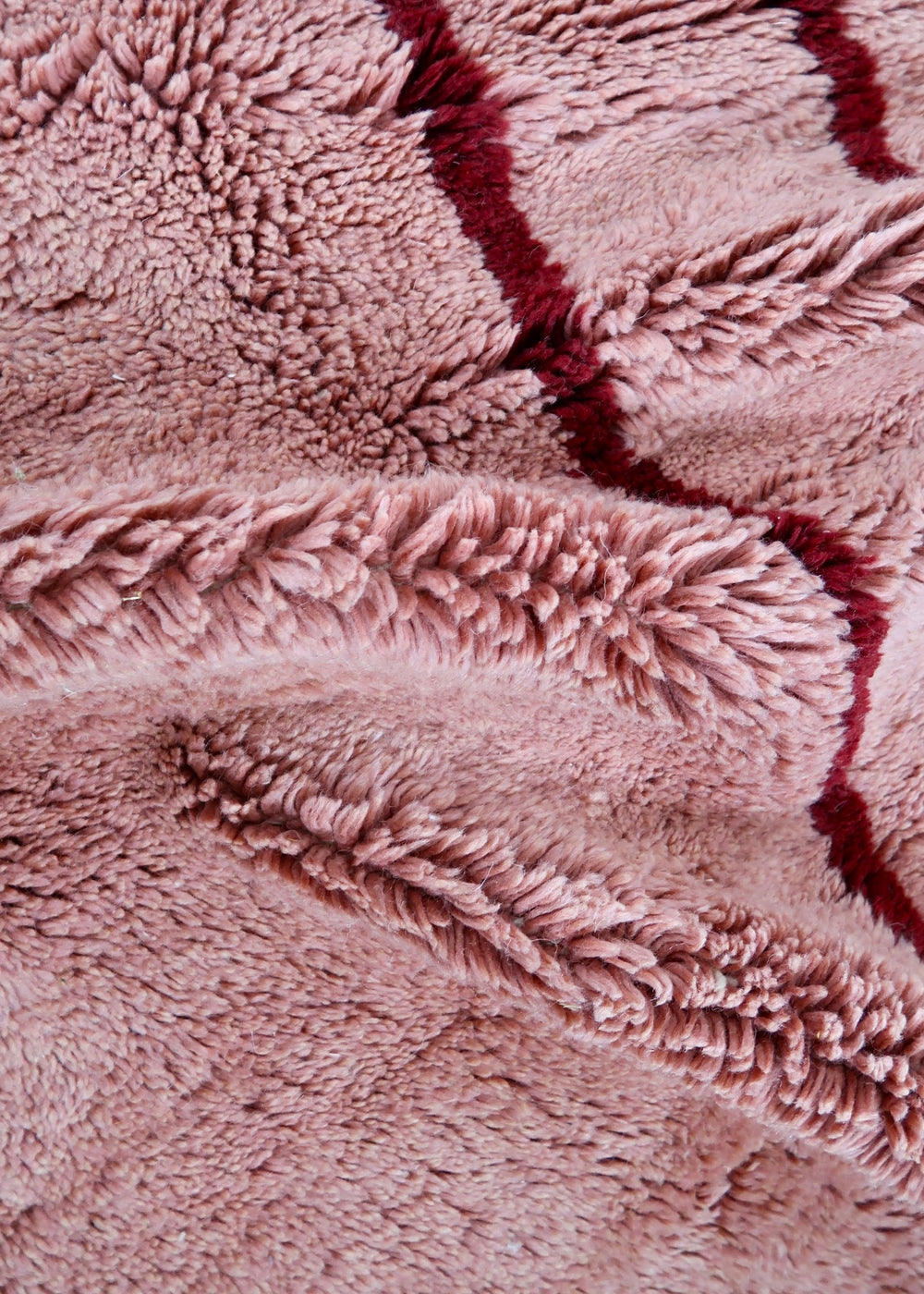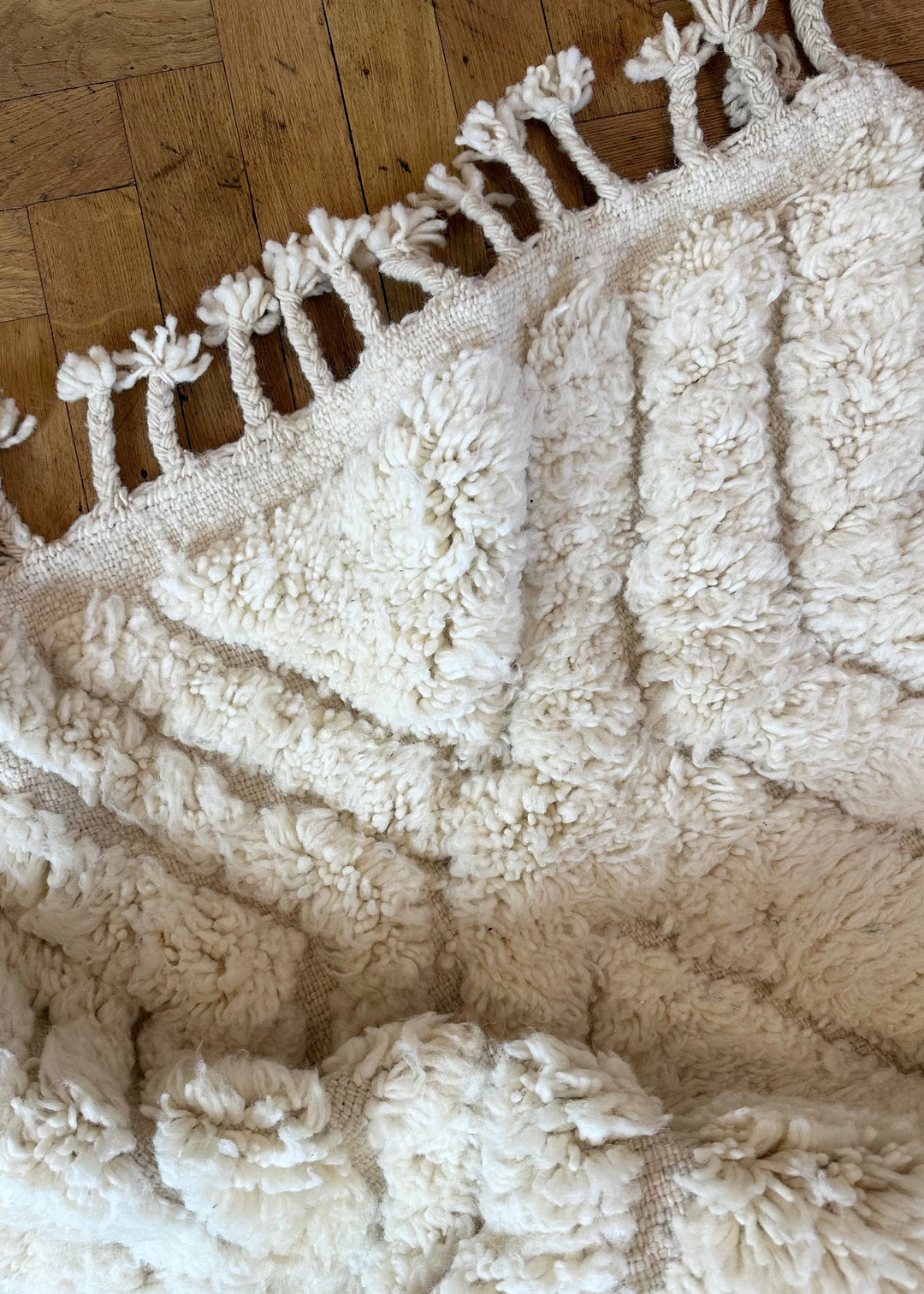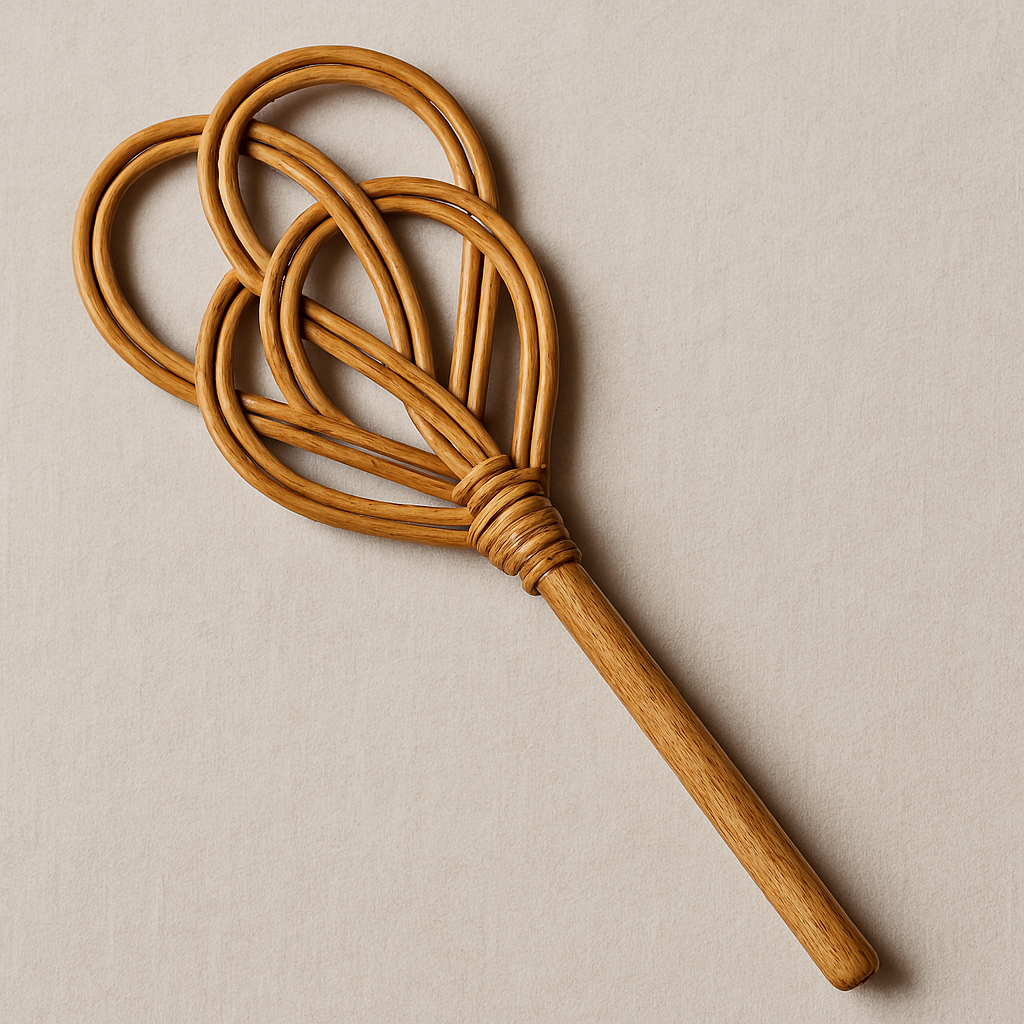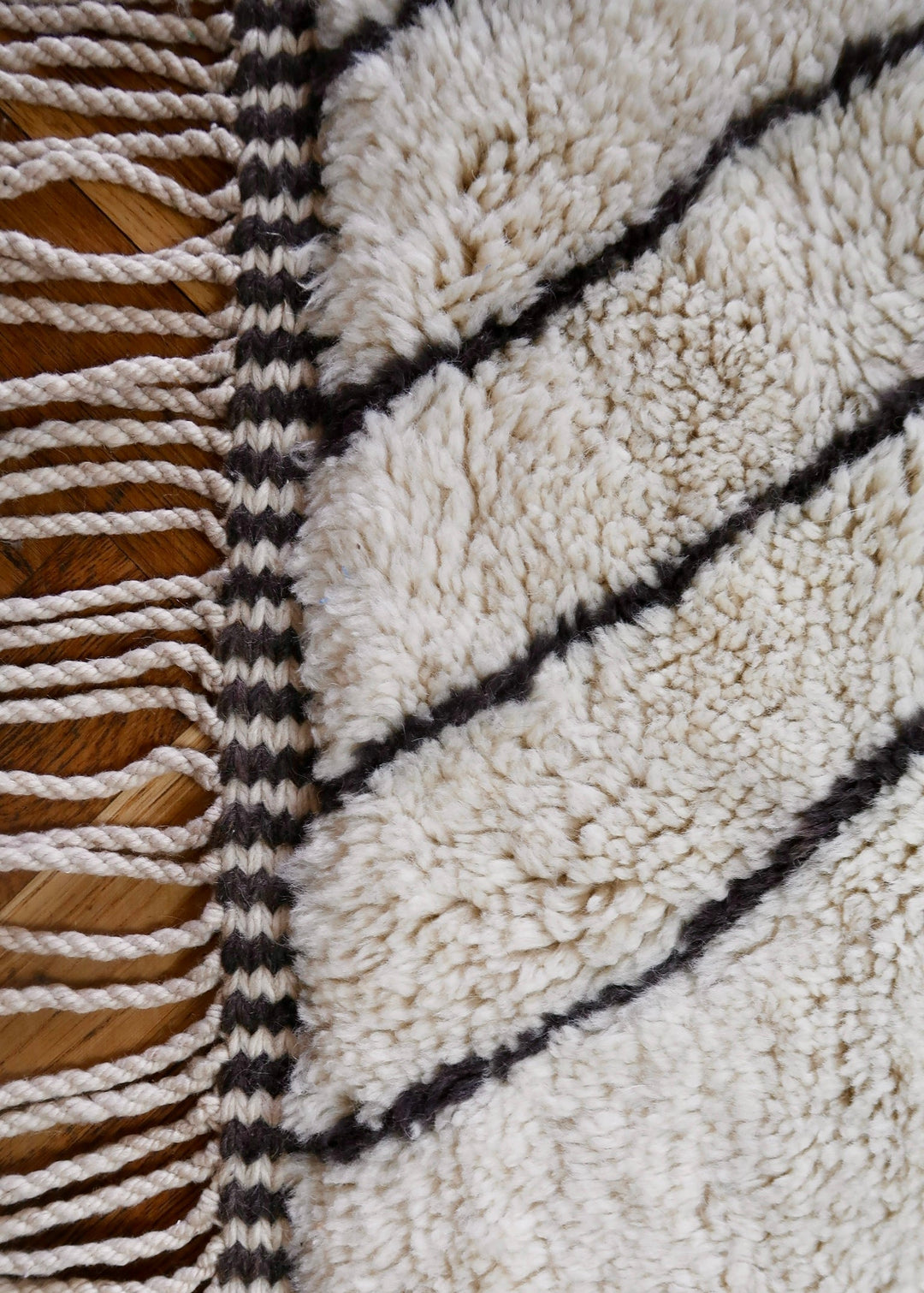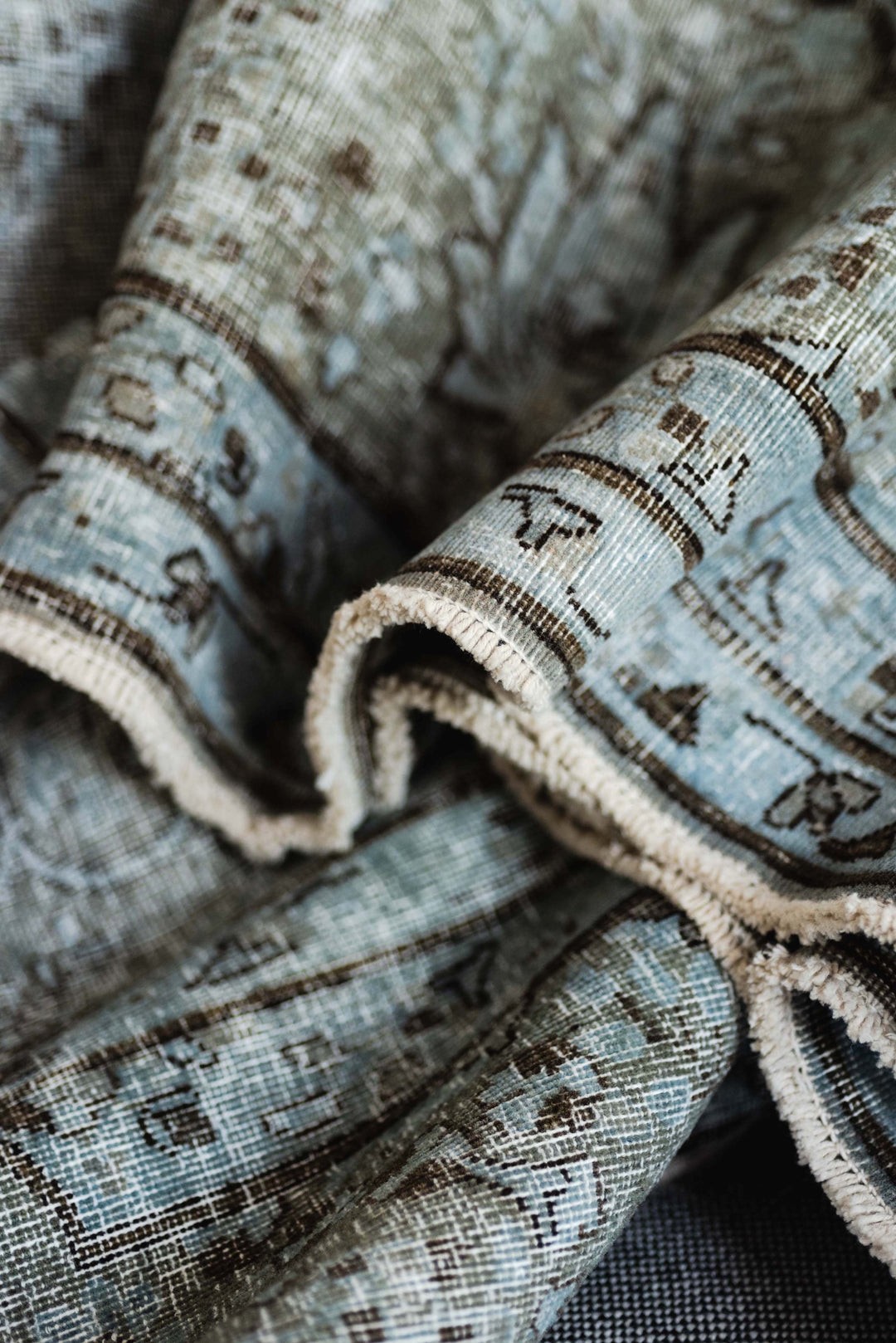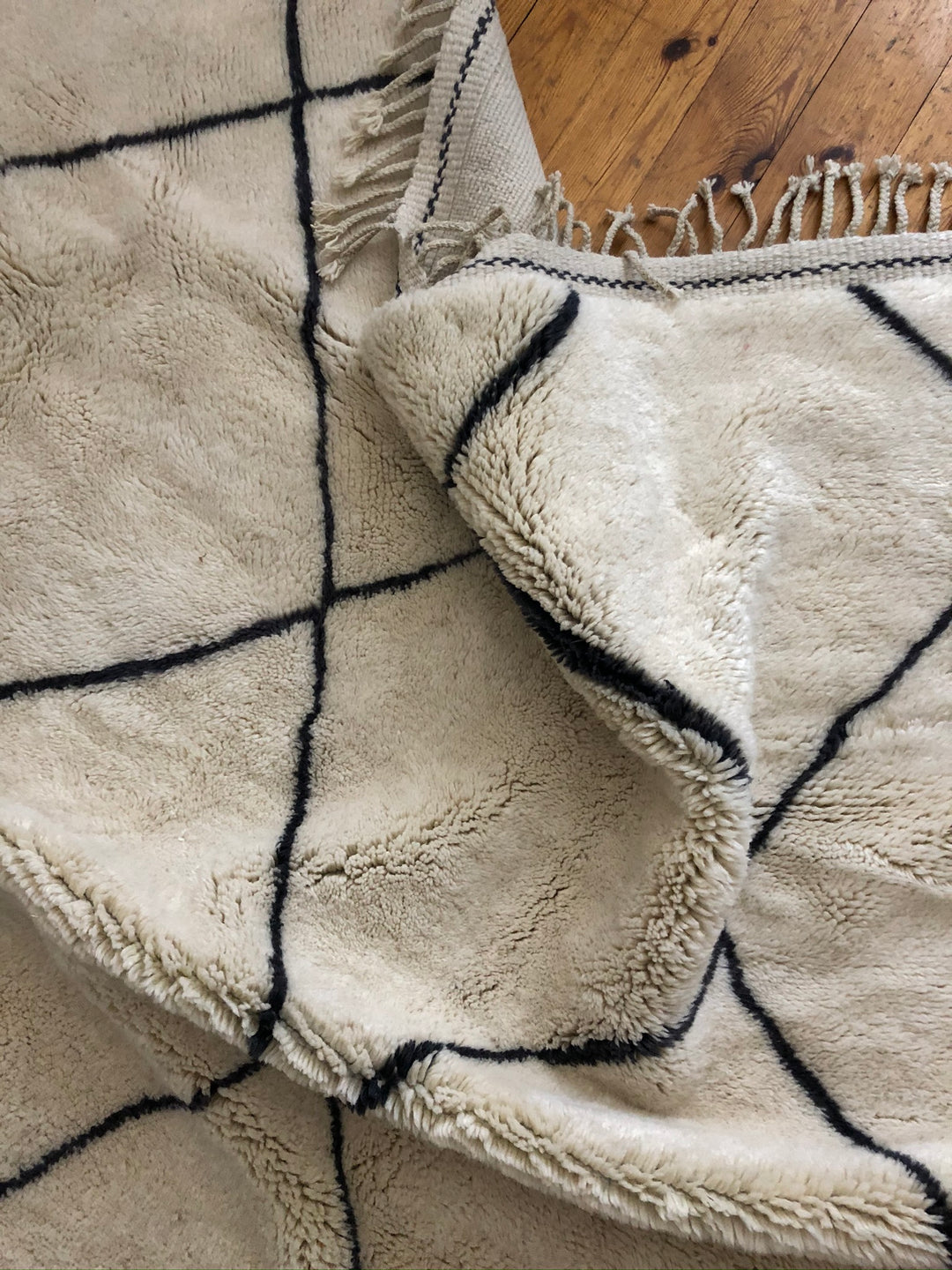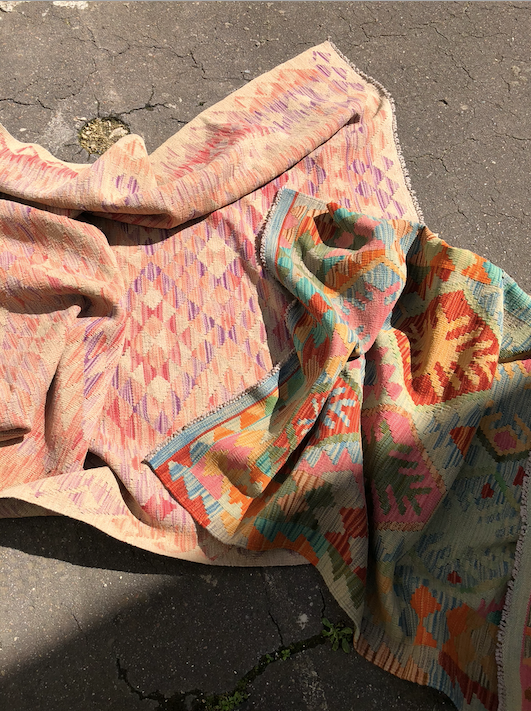
Persian rugs and the craftsmanship are a significant part of Persian art
and culture and they have a wide variety in designs and styles. Iran is
the world’s largest producer of handmade rugs. The Persian knots can be
described as asymmetrical and consist of a single looping knot whereas
the Turkish ones are symmetrical and present a double looping knot.
Depending on the region where they were created the rugs show special
characteristics. These are some of the most considerable places of origin.

Kerman
Kerman is a city and province located in the south central Iran. The
Kerman carpets are one of the traditional classifications of Persian carpets.
They often show a millefleurs or a medallion pattern in soft colors.

Birjand
Birjand is the capital of South Khorasan, located in the Northeast
with borders to Turmenistan and Afghanistan, and known for its
saffron, barberry and handmade carpets. They usually have a medallion
pattern on a field arranged with blossoms and leaves in darker shades.

Tabriz
Tabriz is the capital of the Azerbaijan province and one of the historical
capitals of Iran. It’s one of the oldest rug weaving centres. The patterns
consist of a medallion surrounded by arabesques, weeping willows and
cypresses. Another popular motif is the four seasons, which underlines the
life of the Persian farmer during spring, summer, autumn and winter.





